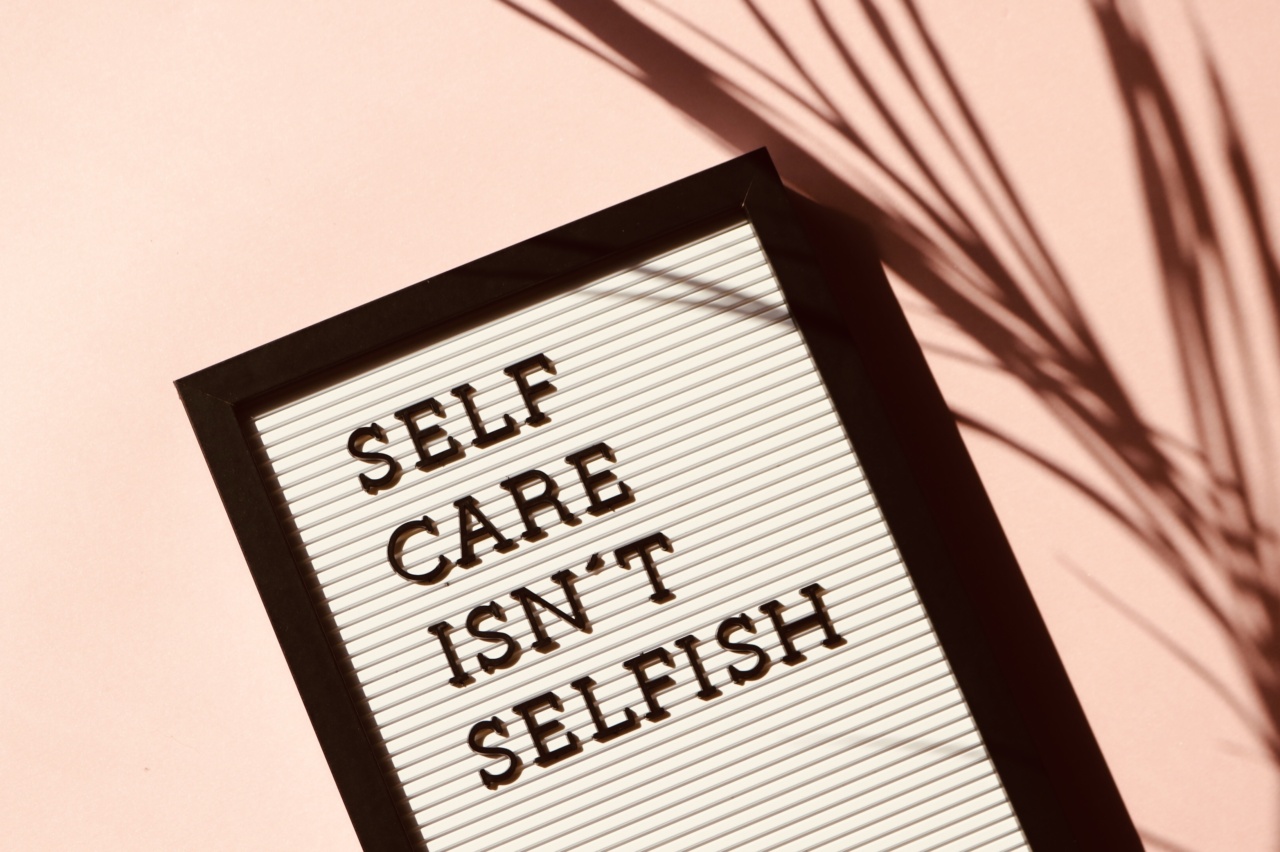Mental health is a critical aspect of overall health and wellbeing.
It is a state of wellbeing in which an individual realizes their potential, can cope with the normal stresses of life, can work productively, and is able to make a contribution to their community. However, mental health disorders are prevalent worldwide, with the World Health Organization estimating that approximately 450 million people suffer from mental or behavioral disorders.
This article will explore the link between low economic status and the incidence of mental health disorders.
What is low economic status?
Low economic status is a term used to describe individuals or families with limited financial resources. Poverty is the most common indicator of low economic status.
Poverty is often associated with limited access to health care, education, and other vital resources required for healthy living. In most cases, low economic status is a result of social and economic inequalities. It is a significant contributor to poor mental health outcomes.
Prevalence of mental health disorders among individuals with low economic status
Research has consistently shown that individuals with low economic status are more likely to develop mental health disorders compared to individuals with higher economic status.
The prevalence of mental health disorders among individuals with low economic status is significantly higher than that of their counterparts with higher economic status. A study conducted by the Kaiser Family Foundation found that in America, individuals with low economic status were more likely to be diagnosed with depression, anxiety, and substance abuse disorders compared to individuals with higher income levels.
Similarly, a European study found that individuals with lower education, income, or occupational status had higher odds of experiencing common mental disorders.
Possible Causes
The causes of mental health disorders among individuals with low economic status are multifaceted. Although poverty is often the primary factor, other contributing factors include:.
- High levels of stress: Financial instability brings with it uncertainty, and individuals with low economic status often experience high levels of stress as they try to make ends meet.
- Poor living conditions: Individuals with low economic status often live in overcrowded, substandard housing, which affects their mental health.
- Difficulty accessing health care: Individuals with low economic status may lack health insurance or have limited access to affordable healthcare, which can affect their mental health.
- Limited access to education and job opportunities: Lack of education and job opportunities often result in restricted social mobility leading to stress, anxiety, and depression.
Impact of Mental Health Disorders on Low Economic Status
Mental health disorders have a significant impact on individuals with low economic status. It is difficult for individuals with mental health disorders to achieve their full potential and make a contribution to their communities.
The effects of mental health disorders on low economic status include:.
- Reduced work productivity: Mental health disorders often lead to reduced work productivity, increasing the risk of job loss and income instability.
- Increased health care costs: Individuals with mental health disorders are often in need of medical care, which increases health care costs.
- Social isolation: Mental health disorders can lead to social isolation, which can further exacerbate financial hardship and poverty.
- Increased risk of substance abuse: Individuals with mental health disorders are more likely to engage in substance abuse, increasing the risk of addiction and associated health problems.
Solutions to address low economic status and mental health disorders
To address the high incidence of mental health disorders among individuals with low economic status, several solutions have been suggested. These solutions include:.
- Economic empowerment: Efforts should be made to provide financial assistance and economic empowerment opportunities to individuals with low economic status. This includes access to education and job opportunities.
- Increased access to healthcare: Healthcare systems should be made more accessible and affordable to all, particularly to individuals with low economic status.
- Improved living conditions: Efforts should be made to ensure that individuals with low economic status have access to safe, affordable, and decent housing.
- Community support: Communities should be empowered to provide support networks for individuals with mental health disorders.
- Reduced stigma: Stigma associated with mental health disorders should be addressed to encourage individuals to seek treatment without fear of negative consequences.
Conclusion
The link between low economic status and the incidence of mental health disorders is well established. Low economic status is associated with a higher prevalence of mental health disorders and poorer mental health outcomes.
Addressing low economic status through financial support, increased access to healthcare, improved living conditions, community support, and reduced stigma are vital steps in addressing the high incidence of mental health disorders among individuals with low economic status.































